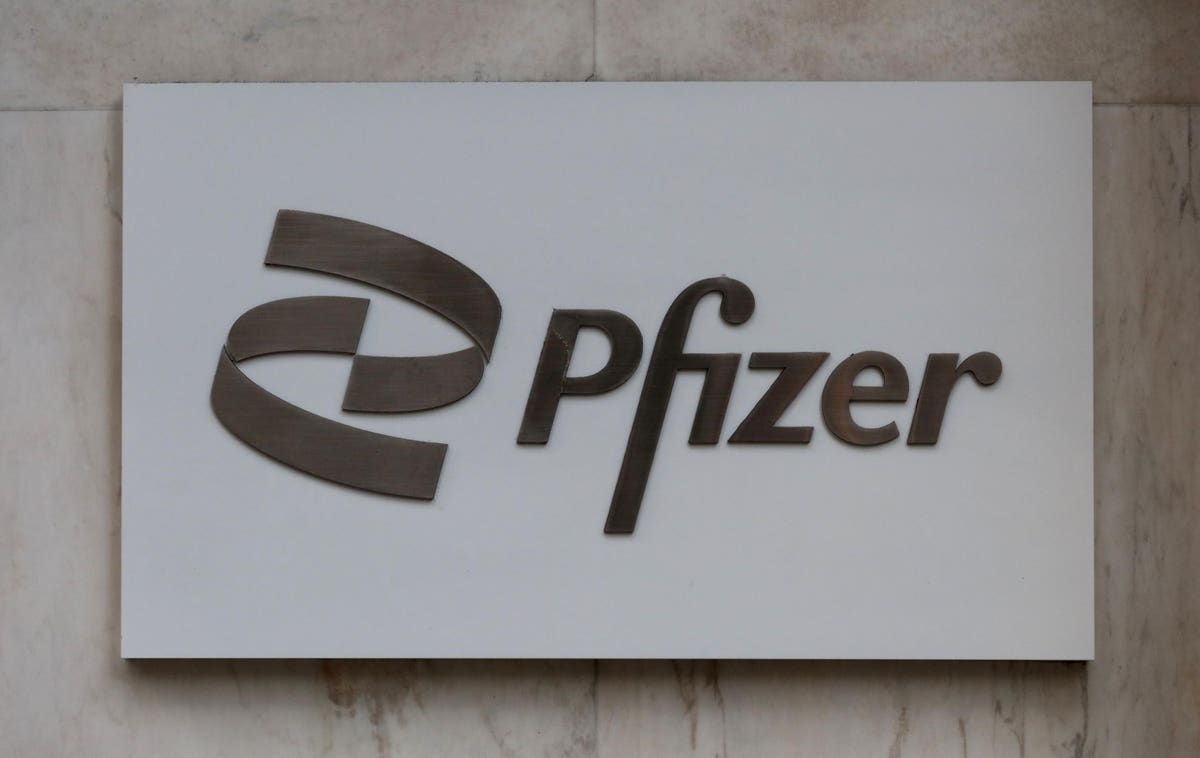As I mentioned on my last Blog Post, blood clot drug Eliquis, sold by both Bristol Myers Squibb
BMY
Though not as much of a potential risk to Pfizer as to Bristol Myers, Eliquis was responsible for nearly a tenth of non-Covid related revenue a year ago. Moreover, Eliquis cost the U.S. government more than $12 billion in 2021 according to the Centers for Medicare & Medicaid Services.
WEIGHT-LOSS DRUG SETBACK
Pfizer has also been in the race to develop a diabetes/weight loss treatment to compete with currently approved injectable drugs produced by Novo Nordisk (Wegovy & Ozempic) and Eli Lilly (Mounjaro), along with another injectable from Amgen
AMGN
On the company’s Q1 earnings call in May, Pfizer Chief Scientific Officer Mikael Dolsten said of both drugs, “We are very excited about our two oral GLP, the 1532 and danuglipron, 1532 called lotiglipron. And we’re looking for a differentiated profile that will be a combination of rapid onset, high control of HbA1C, bringing it down, and body weight loss at various doses to be very competitive and a more easily titrable drug that can optimize a preferred profile versus injectable when it comes to nausea and other well-known effects. So, we look forward very much to data maybe later this year or possibly early next year and cherry pick the winner here.”
Unfortunately, judging by the negative share price reaction on June 26, Pfizer has just made the decision to discontinue clinical development of lotiglipron, based on “pharmacokinetic data from Phase 1 drug-drug-interaction studies and laboratory measurements of elevated transaminases in these Phase 1 studies as well as the ongoing Phase 2 study. None of these participants reported liver related symptoms or side effects, there was no evidence of liver failure, and none needed treatment.”
Pfizer added, “Moving forward, the company will continue advancing the clinical program for danuglipron (PF-06882961), subject to results from the ongoing Phase 2 trial…The company expects to finalize plans for the danuglipron late-stage program by the end of 2023 and also is developing a once-daily modified release version.”
PFE Senior VP William Sessa, Ph.D., explained, “Building on Pfizer’s small molecule design expertise, we were developing two promising GLP-1-RAs that have shown proof of concept, with the intent of selecting one to advance into further clinical studies. We look forward to analyzing the danuglipron Phase 2 results and selecting the dose and titration schedule that will maximize the therapeutic benefit and safety and tolerability. If successful in clinical trials and approved, danuglipron could be in a prime position to differentiate based on profile, including full receptor agonism, which we believe has the potential to translate to robust efficacy.”
PFIZER SHARES ARE UNDERVALUED
Lots of unknowns, obviously, but there is still reason for optimism in my view for PFE shares. Despite the apparent setback for Pfizer, the potential market size for these drugs is massive, even as current projections are that it will be a few years before the company is able to file for approval. Novo’s commercial success in the space has left it struggling to match supply with burgeoning demand for its two products, while Wall Street projects Lilly’s Mounjaro will generate north of $10 billion in sales by 2026.
And all the better should Pfizer capitalize on bringing a safe and effective oral treatment to market versus the current injectable offerings. Still, long-term safety data is a major unknown for the class and the risk of payer restrictions remains, noting that Medicare has not yet approved coverage of either Mounjaro or semaglutide (Wegovy/Ozempic) for obesity treatment.
No doubt, uncertainty abounds in the pharma and biotech space, but this is par for the course, while Pfizer’s multiple of 11 times earnings projected for 2023 and large dividend yield of 4.5% make for a very reasonable price to pay for the company’s scale, diverse portfolio of existing products and drug pipeline.
As of early-May, 23 therapies were in phase 3 trials across multiple oncological indications in addition to vaccinations and rare disease drugs. Also, while revenue from Pfizer’s Covid franchise have likely peaked, plenty of demand remains, with the suite of drugs forecast to generate north of $20 billion of revenue this year and next.
I just don’t think high-quality PFE shares deserve the 29% beating they have suffered thus far in 2023.
Read the full article here


